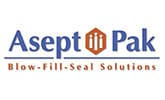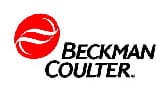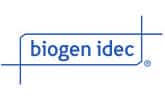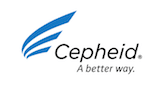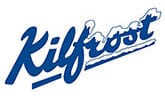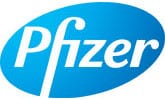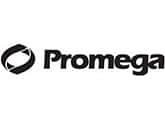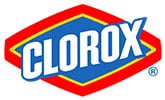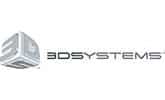Explosion Proof Mixers
Are you tired of mixing companies who don’t understand explosion proof (XP) requirements for mixing and blending ethanol, IPA, alcohol, and solvents.
White Mountain Process understands the requirements for mixing in explosion proof environments and can assist with sanitary mixers and industrial duty agitators for IPA, ethanol, and solvent agitation applications.
XP OPTIONS FOR WMPROCESS MIXERS
–AC Class I Div I Group D motors and other group ratings
Mixer controls outside the hazardous area, or instrinsically safe purged control panels to UL698 are commonly used.
–AIR MIXERS AND PNEUMATIC AGITATORS
Intrinsically safe for hazardous areas
–DC 24volt Class I Div II
We use intrinsically safe wiring to a UL control panel which would mount outside the hazardous area, or fixed speed XP mixer motor.
–INTRINSICALLY SAFE MIXER TACHOMETERS
Variety of speed sensors and I.S. wiring for mixers and rotating equipment
Definition of explosion proof motor classifications
If you are involved in mixing operations, you need to understand and appreciate the definition of XP motor classifications. Through this article, you are provided with a general overview of definition of XP motor classifications. Armed with this information, you will be in a far better position of making certain that your mixing operations properly are structured so as to ensure the safe operation of the overall system. There are different techniques that you need to undertake depending on what type of mixing actually is occurring within the confines of a particular operation.
There are six general classifications when it comes to the overall definition of explosion proof motor classifications. Again, these brief descriptions can aid and assist you in better understanding how to maintain safety levels of an overall mixing operation.
You do need to keep in mind, when looking at definition of these classifications, that these definitions involve the presence of specific flammable gasses or vapor that may be present in sufficient quantities to produce explosive or ignitable mixtures or situations.
Group C – Classifications in Group C include certain volatile vapors that when concentrated can lead to explosions.
Group D – Classifications in Group D involves atmospheres containing gasoline, hexane, benzene, butane, propane, alcohols, acetone, benzol, lacquer solvent vapors, natural gas and the like.
Class 11 – Classifications in Class 11 are those that are hazardous because of the presence of combustible dust.
Group E – Classifications involve atmospheres containing metal dust, including aluminum, magnesium, or their commercial alloys.
Group F – Classifications involve atmospheres containing carbon black, charcoal, coal or coke dust.
Group G – Classifications involve atmospheres containing flour, starch, grain or combustible plastics or chemical dusts.
Of course, when it comes to the pharmaceutical or the food and beverage industries, not all of these definition of explosion proof motor classifications come into play. Moreover, depending upon the ultimate product that will be involved in the mixing process, some of these definition of explosion proof motor classifications will be more important to understand and regulate than will others.
In the final analysis, when it comes to definition of explosion proof motor classifications and dealing with the prevention of explosive situations in the mixing process, two factors come into play. First, the proper type of equipment must be selected and installed — properly — in the first instance. Second, it is vital that the equipment once installed be utilized in a proper, appropriate and safe manner.
By understanding definition of XP motor classifications generally, you will be in a better position to make certain that your mixing operations are undertaken with maximum safety.
Air Motors
Known for their rugged construction and reliability, Air Motors and air powered Gearmotors are available in both lubricated and oilless models. An air motor is something to consider for XP applications, or for flexibility in powering a mixer. There are also stainless sanitary air motors which are nicely suited for biopharm mixing applications. Some benefits of air motors on mixing equipment:
Non-electrical operation reduces the possibility of explosion from igniting flammable gases
Undamaged by overloads
Ideal in hazardous and hostile environments
Rugged and simple to install
Variable speed capabilities allow flexibility and versatility, by using an air control valve you can easily adjust the mixer speed
Cool-running operation means air motors can be used in ambient temperatures of up to 250 F (120 C)
There are some negatives with air mixer motors compared to electric mixer motors. The benefits of electric are that they are quiet, do not have excessive air exhaust, and they do have very accurate speed control, and feedback loops to a VFD.



